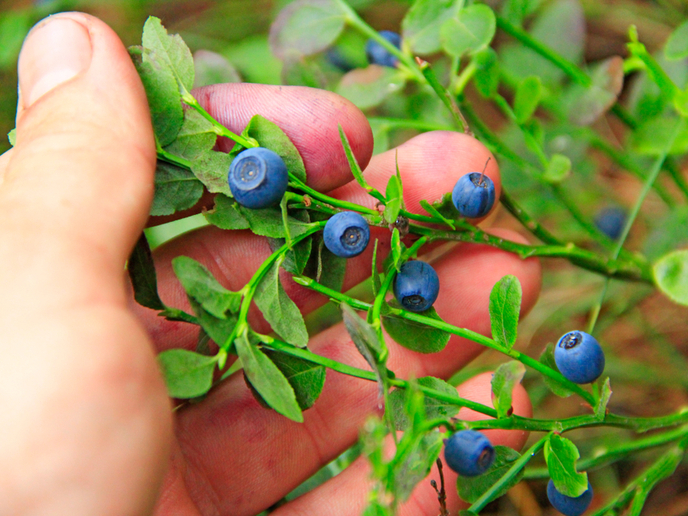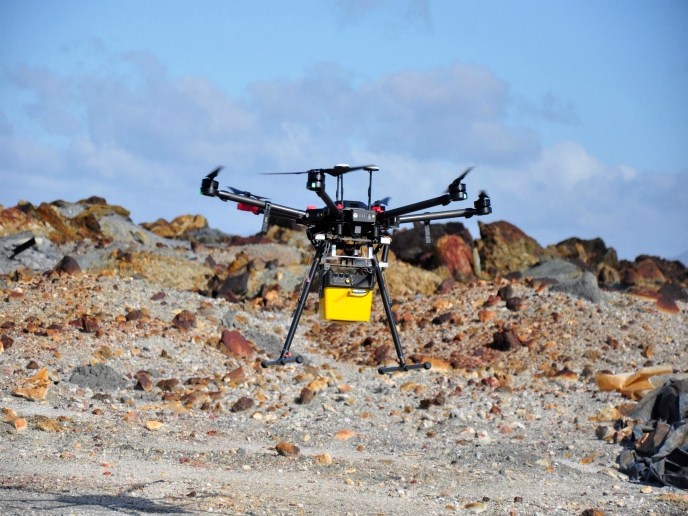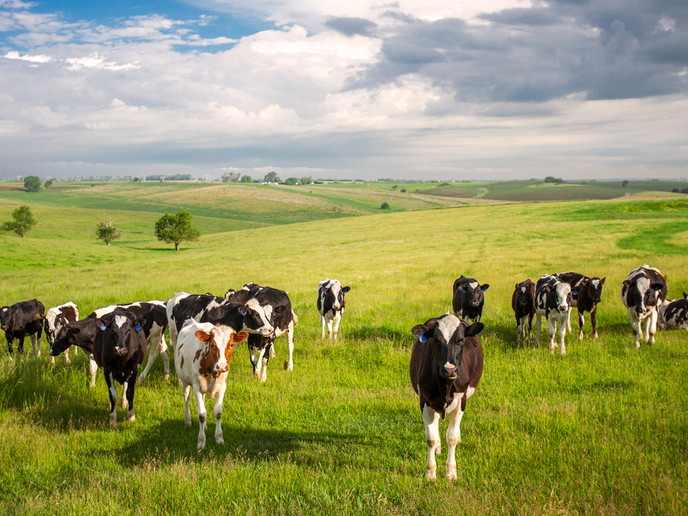Wildly better ways to extract wild berry goodness
There is increased consumer interest in convenient, safe and healthy foods. One of the solutions to meet this demand lies in wild arctic berries, many of which contain significant amounts of anthocyanins. Acting as antioxidants anthocyanins are known for their beneficial effects in cardiovascular health, vision and prevention of diabetes, among others. The EU-funded WILDBERRY project worked on using premium-quality berry ingredients to impact functional food and nutraceutical markets. “Our raw material comes from untouched Nordic forests with minimal ecological footprints,” says Jukka Ekberg, product and process developer and project coordinator at Extrx Oy. Located in Sotkamo, Finland, the Extrx team has found anthocyanin concentrations in bilberries that are one of the highest in the world. Now, project researchers have produced high-quality anthocyanin extract, vacuum-dried berry extracts, and patented jam-like products made with wild arctic berries. “Our focus on quality and our contacts abroad give us a good chance to be successful and in the forefront of the industry in future,” notes Ekberg. The many ways of processing berries The team’s innovative processing techniques allow high productivity at high efficiency and with minimal waste generated. WILDBERRY researchers were able to show that it is possible to decouple technological advances from extensive use of natural resources; making them pioneers in food innovation management. In order to provide high-quality, healthy products from wild arctic berries, the researchers used cutting-edge technology to sustainably process raw materials into high-end ingredients. The team developed a novel wet milling method to introduce health-promoting and novel products to market. “It is our goal to make use of every part of the berry in the process and to leave zero waste behind,” explains Ekberg. The WILDBERRY team developed a process using column chromatography to extract anthocyanin from wild bilberries and crowberries at both laboratory and pilot scale. The researchers then analysed the contents of health-promoting components of various berries and how environmental conditions affect them. Project members also produced and encapsulated pure anthocyanin powders as nutraceuticals and functional food ingredients. Other activities included shelf life testing and structural conformity studies, wet milling trials, sample product development and vacuum drying trials. The team discovered and tested new methods to improve anthocyanin yield while reducing waste, by extracting polyphenols from berry leaves and stems. They investigated ways to improve the shelf life and stability of anthocyanin in different food products. They then formulated tasty and healthy products from berries using various processing methods. Looking forward to the market WILDBERRY partners have plans to start a production-scale juice, juice concentrate and bioactive jam production line. They expect to produce other commercial-scale, anthocyanin-enriched products soon, in addition to other products at a proof-of-concept stage. In order to determine their place in the functional food market, the team plans to develop other cost-reducing separation technologies. “EU funding is a great asset for us to develop our company’s values and translate them into products and contacts that will hopefully trigger economic growth and create job opportunities in Sotkamo,” concludes Ekberg.







